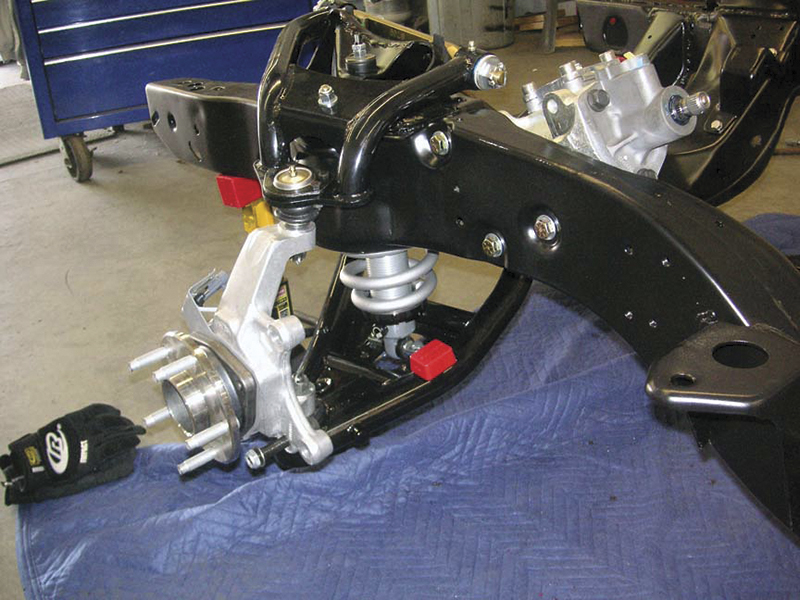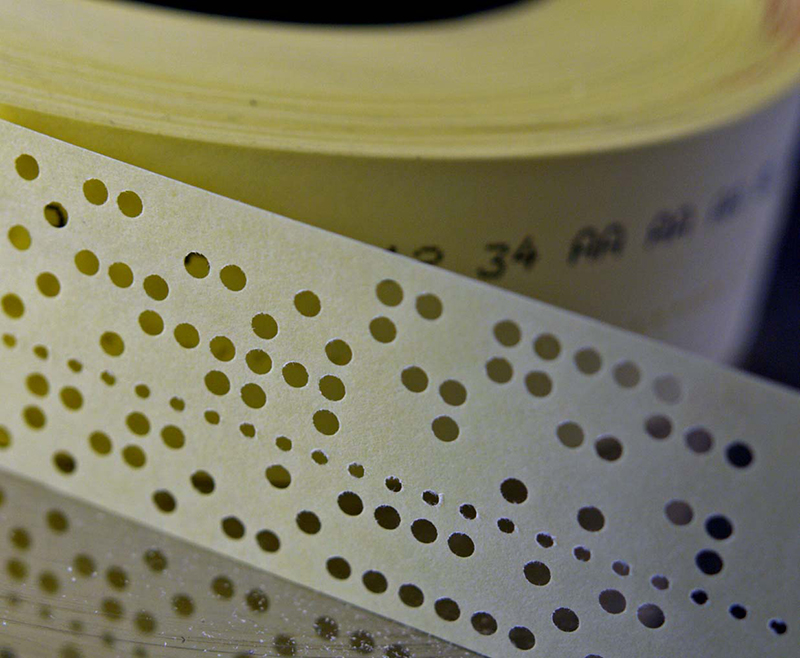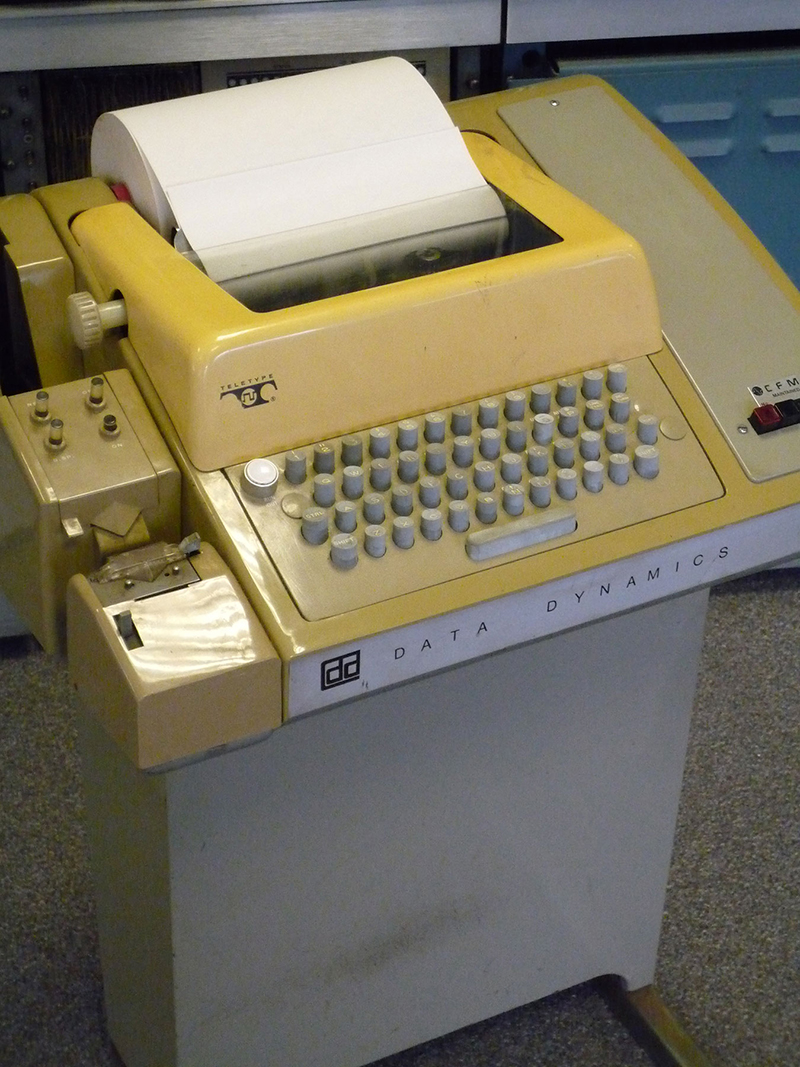Somewhat less than a million years ago, I took my first computer programming class as an elective. The professor was a genius, and I really mean that. But I was a moron kid, and I was out of my depth completely among all those electronics and math “tools,” as we called them, in my class. First, the logic trees, then Fortran IV, just knocked me over. I really tried to understand, though, and after a while I started to actually get the picture — and get interested.
It was a struggle for my lame brain, but by the time we got our big project assignment I actually could write a program. It would often “loop” (keep going back to the same place) because I’d missed some detail, but with a little help I’d get it to run.
The prof did a good thing. He said we had to write something commercially viable, that could do something in the real world, not just solve a puzzle or do some fancy math.
Well, the main thing I was interested in (besides girls, of course) was cars in general, and high-performance in particular. Why couldn’t I write a saleable program that would give good advice on how to modify your car? At least I knew something about that, unlike, say, calculus. A customer could fill out a simple info card by blacking in little circles, I could put this data into a shared mainframe teletype (no personal computers until five years later), print out each person’s results, and charge, what, $9.95?
With diligence, I got my program to run very well indeed. If you wanted to increase the performance of a V8 Mustang, for example, the results would tell you to install a 271 hp cam, a four-barrel manifold, a set of headers, and a dual-point distributor. Notes were included that would suggest a lower rear axle ratio and traction bars, all within the monetary limit you’d checked. Or, handling. Add a thicker stabilizer bar, put one at the rear, upgrade your shock absorbers, and perhaps lower the chassis by various means.
What an opportunity! It could be sold at speed shops, and maybe be advertised in Hot Rod and Car Craft. The idea of mass marketing may’ve been uncharted territory to a penniless college student, but I was still thrilled by what I perceived was the potential. No capital to pursue it, though.
Shortly thereafter, I went to work for one of the major automotive aftermarket manual companies, part of a huge, huge publishing empire. That division was run by — there’s no nice way to say it — incompetents and Neanderthals. They didn’t know very much about auto technology, either. I had to write everything about early emissions controls because nobody else on the staff had a clue about the science of combustion, or service work in general. PCV? No idea. EGR? Even less. Thermostatic air cleaners, air injection reactors, EVAP? I might as well have been speaking Navaho.
Regardless, I took my roll of perforated yellow paper tape and the sheaf of program printouts to the “editorial manager” to see if he had any ideas about how to integrate it into the company’s marketing. Do you know the acronym MEGO (My Eyes Glaze Over)? This was a textbook case. I can imagine him making the sign of the cross to keep vampires away. So, all my hard work languished until it was very much out of date.
I still have the neat roll of paper tape somewhere, and I’d love to see exactly what’s on it. But, is there a reader for that ancient medium left anywhere in the world today? Something that would let me put the data on my laptop’s hard drive? If anybody knows, please write to me at bfreud@bellsouth.net.
Â







0 Comments